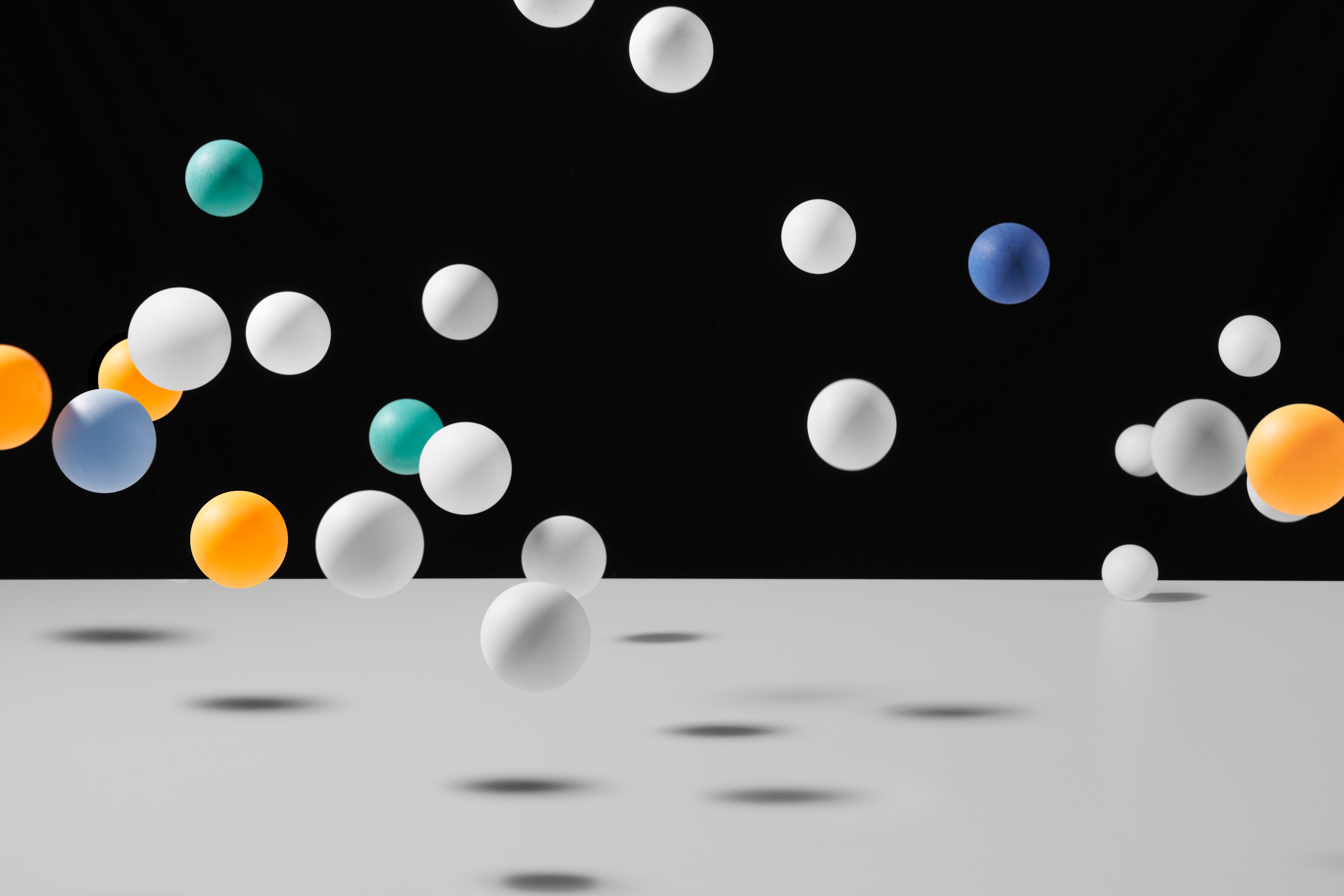Media release
From:
Artificial Intelligence: Making a computer think like a baby *PRESS BRIEFING* (N&V)
An artificial intelligence system that can learn the basic common sense rules of the physical world in a similar way to a baby is presented in a paper in Nature Human Behaviour.
Even very young children are aware of ‘intuitive physics’ — the common sense rules of how the world works. For example, babies as young as five months of age are surprised if they are shown a situation which involves a physically impossible event, such as a toy suddenly disappearing. However, learning intuitive physics has proven difficult for machine learning algorithms, even though these systems have shown super-human ability on many other tasks, such as learning to recognise different objects.
Luis Piloto and colleagues introduce a deep learning system — named PLATO — that can learn intuitive physics. PLATO includes systems inspired by research on how babies learn. In particular, PLATO adopts the thesis that objects play a central role in the representation and prediction of the physical world around us. The authors trained PLATO by showing it videos of many simple scenes, such as balls falling to the ground, balls rolling behind other objects and reappearing, and balls bouncing off each other. After training, PLATO was tested by showing it videos that sometimes contained impossible scenes. Just like a young child, PLATO showed ‘surprise’ when it was shown anything that did not make sense, such as objects moving through each other without interacting. These learning effects were seen after watching as little as 28 hours of videos.
The authors conclude that PLATO could offer a powerful tool for research into how humans learn intuitive physics and that it suggests the importance of object representations in our understanding of the world.
**Please note that an online press briefing for the paper below will take place UNDER STRICT EMBARGO on Thursday 07 July at 3 pm London time (BST) / 10 am US Eastern Time**
Authors Luis Piloto and Peter Battaglia will discuss the research. This will be followed by a Q&A session. You can register to attend the briefing at the following link.



 International
International



